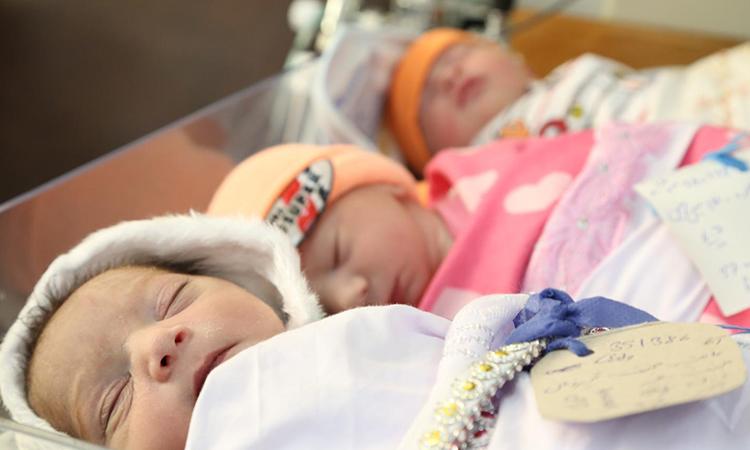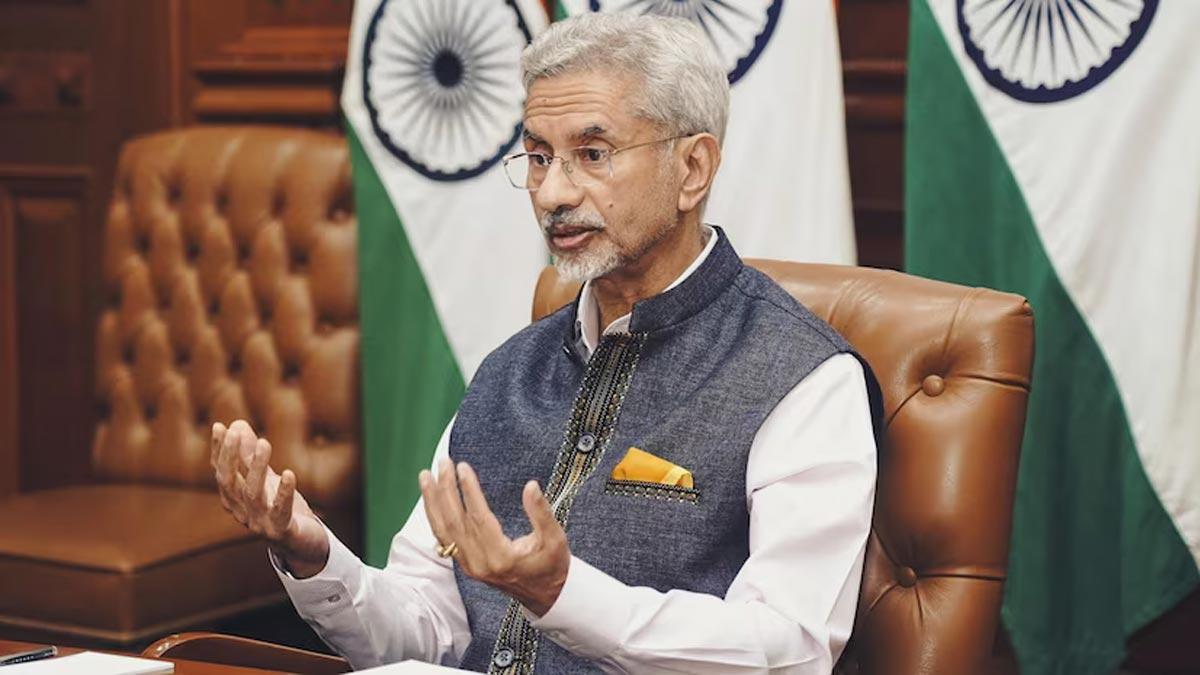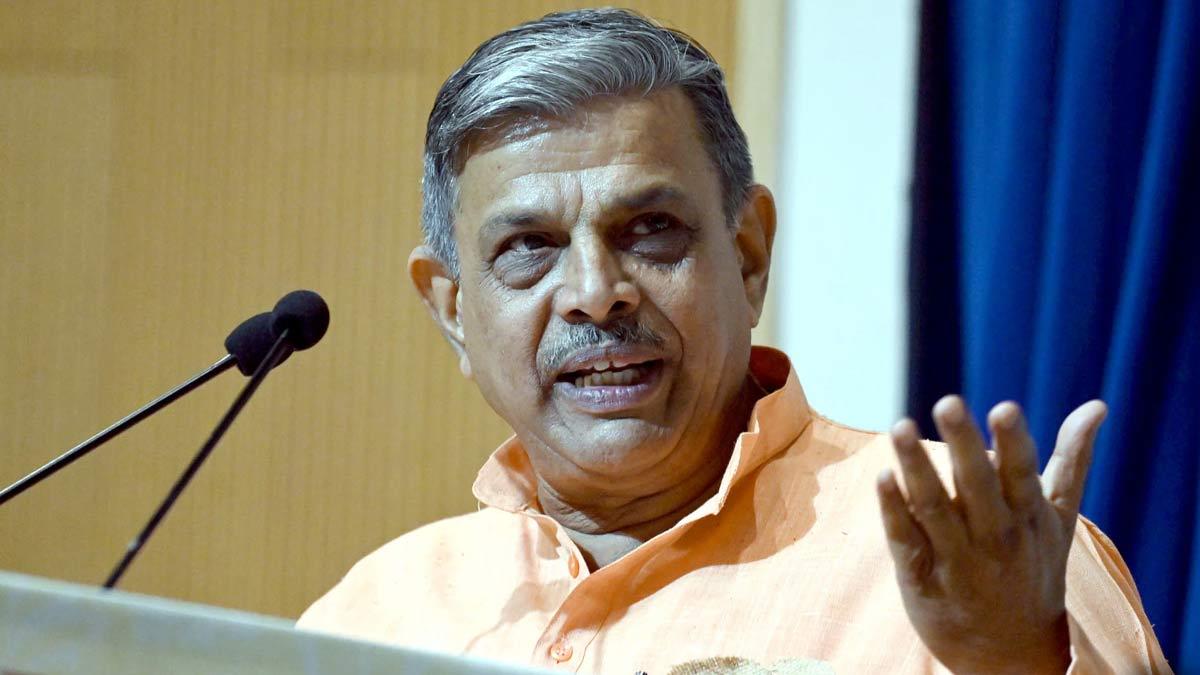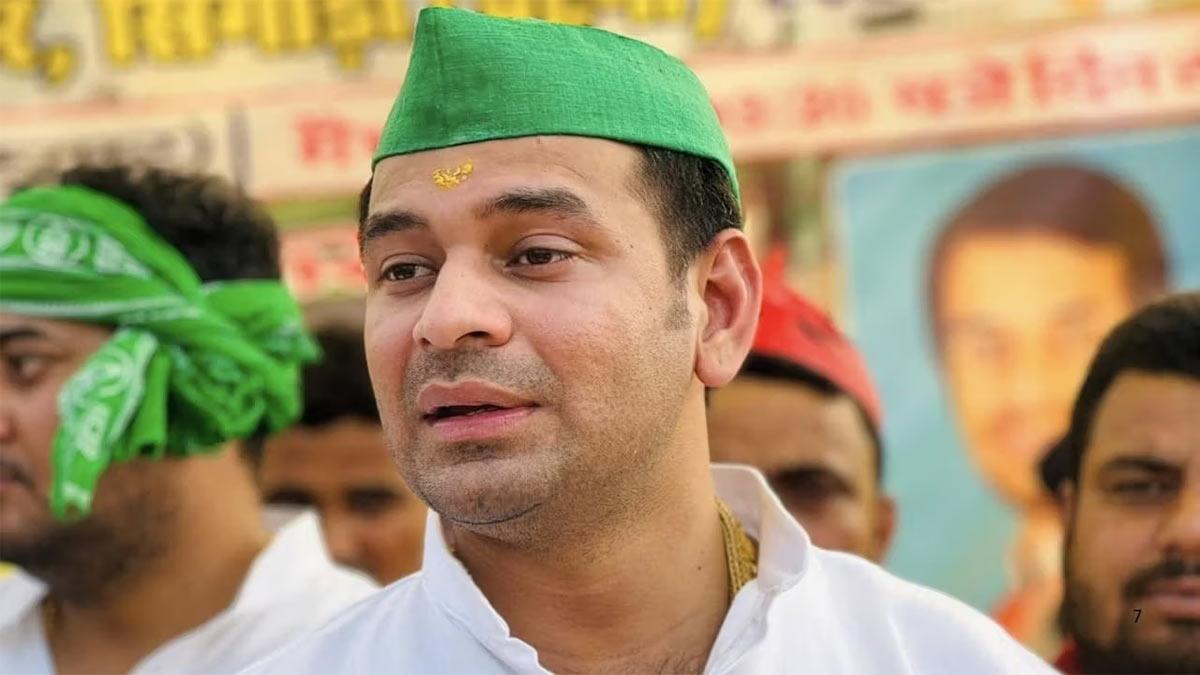For the first time in its history, India has recorded more women than men, according to the data released after the completion of the fifth round of the National Family and Health Survey (NFHS-5). The latest data, released on Wednesday, revealed that for every 1,000 men in India, there are 1,020 women now.
With only 927 women per 1,000 men in India back in 1990, the country has made a noticeable improvement in gender ratio. With the improvement in sex ratio, the country can no longer be termed as a country of 'missing women', a term used by Nobel laureate Amartya Sen in 1990.
The ratio was equal with 1000 women per 1000 men as per the NFHS-3 conducted in 2005-06. However, it witnessed a decline to 991:1000 during the next round of NFHS conducted in 2015-16. The ratio has now increased to 1,020 women for 1,000 men.
Population under the age of 15 years has reduced from 34.9% in 2005-06 to 26.5% in 2019-21, as per the report. With the median age of 24 years in 2011 according to the Census figures, India still remains a young country but it is aging, it added.
The latest data also disclosed that the country's total fertility rate (TFR) has dropped to 2 which is lower than the internationally accepted replacement level fertility rate at 2.1. TFR is the number of children per woman in the country.
With stunting falling from 38 per cent to 36 per cent, wasting from 21 per cent to 19 per cent and underweight from 36 per cent to 32 percent, India recorded minor improvements in the child nutrition indicators at a national level.
The NFHS-5 was conducted in two phases from 2019 to 2021. The data of NFHS-5 Phase-1, conducted in 22 States & UTs, was released in December 2020. Phase-2 numbers were released on Wednesday and it covered Arunachal Pradesh, Chandigarh, Chhattisgarh, Haryana, Jharkhand, Madhya Pradesh, NCT of Delhi, Odisha, Puducherry, Punjab, Rajasthan, Tamil Nadu, Uttar Pradesh, and Uttarakhand. The data for the national level was evaluated by clubbing the findings of both phases.


















